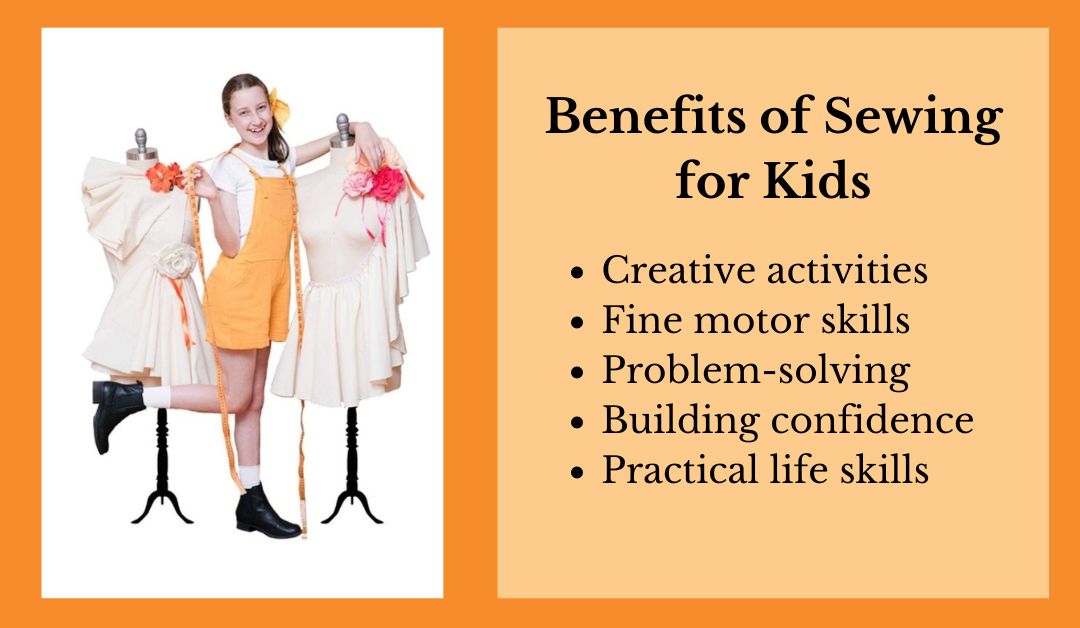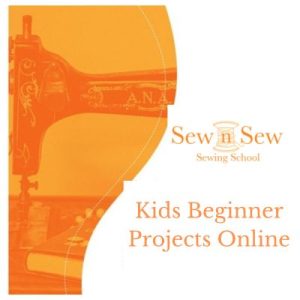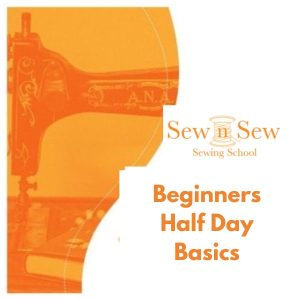Benefits of Sewing for Kids
Sewing is not just a practical skill; it is a powerful tool for developing various abilities in children. Engaging kids in sewing activities can offer numerous benefits that go beyond creating beautiful projects. From enhancing creativity to building confidence, sewing can be a transformative experience for young minds. Here are some key benefits of sewing for kids:
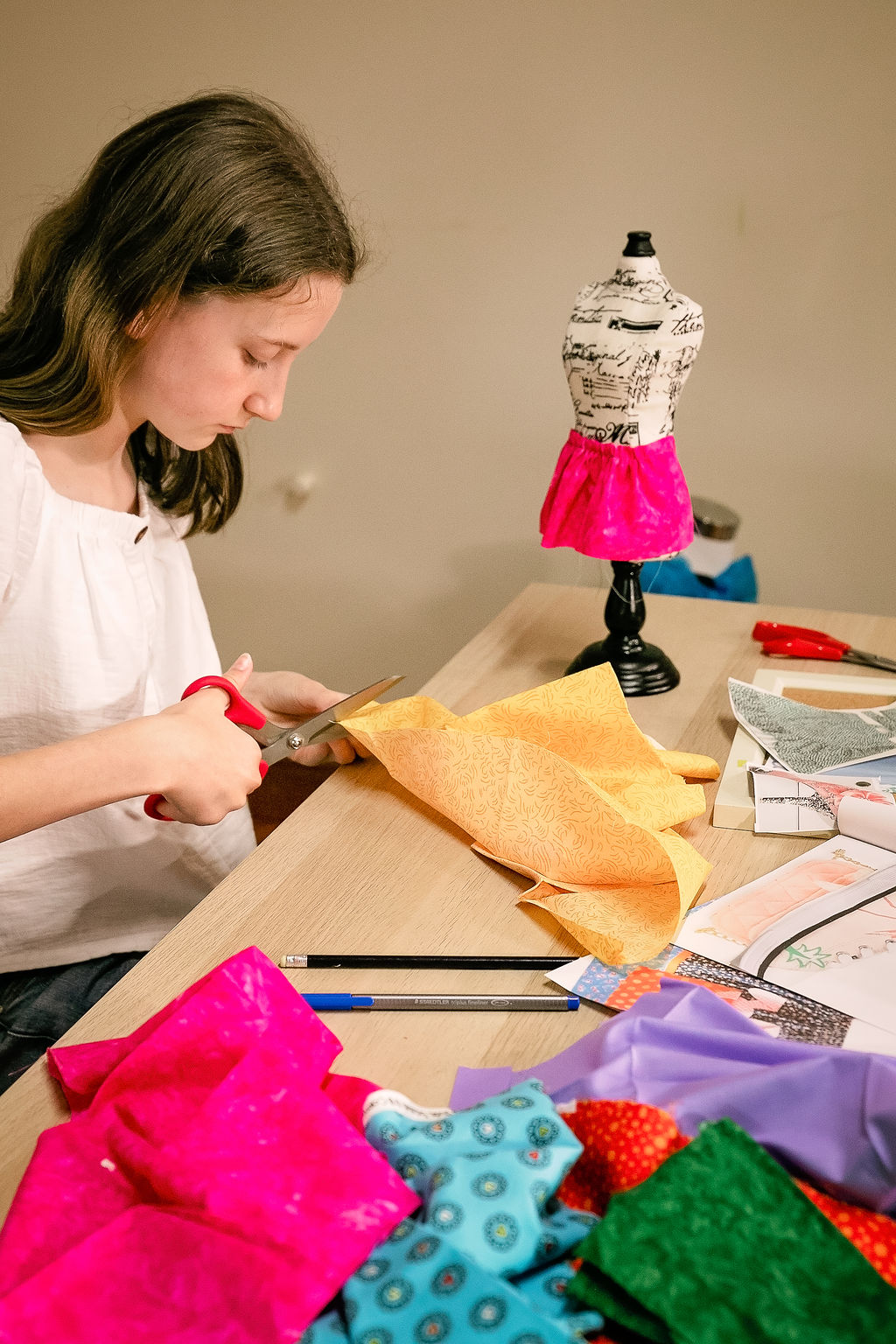
1. Enhancing Creativity
Sewing allows children to express their creativity in a multitude of ways. When kids engage in sewing, they have the freedom to choose from a wide variety of fabrics, colors, and patterns, enabling them to tailor their projects to their unique tastes and preferences. This selection process encourages them to experiment with different textures and combinations, sparking their imagination.
By designing their own sewing projects, children can bring their imaginative ideas to life. Whether it’s creating a custom piece of clothing, a decorative pillow, or a personalized accessory, sewing provides a tangible outlet for their artistic visions.
2. Developing Fine Motor Skills
The act of threading a needle, cutting fabric, and stitching requires precision and coordination. These activities enhance fine motor skills and hand-eye coordination, which are crucial for writing, drawing, and other tasks that require dexterity.
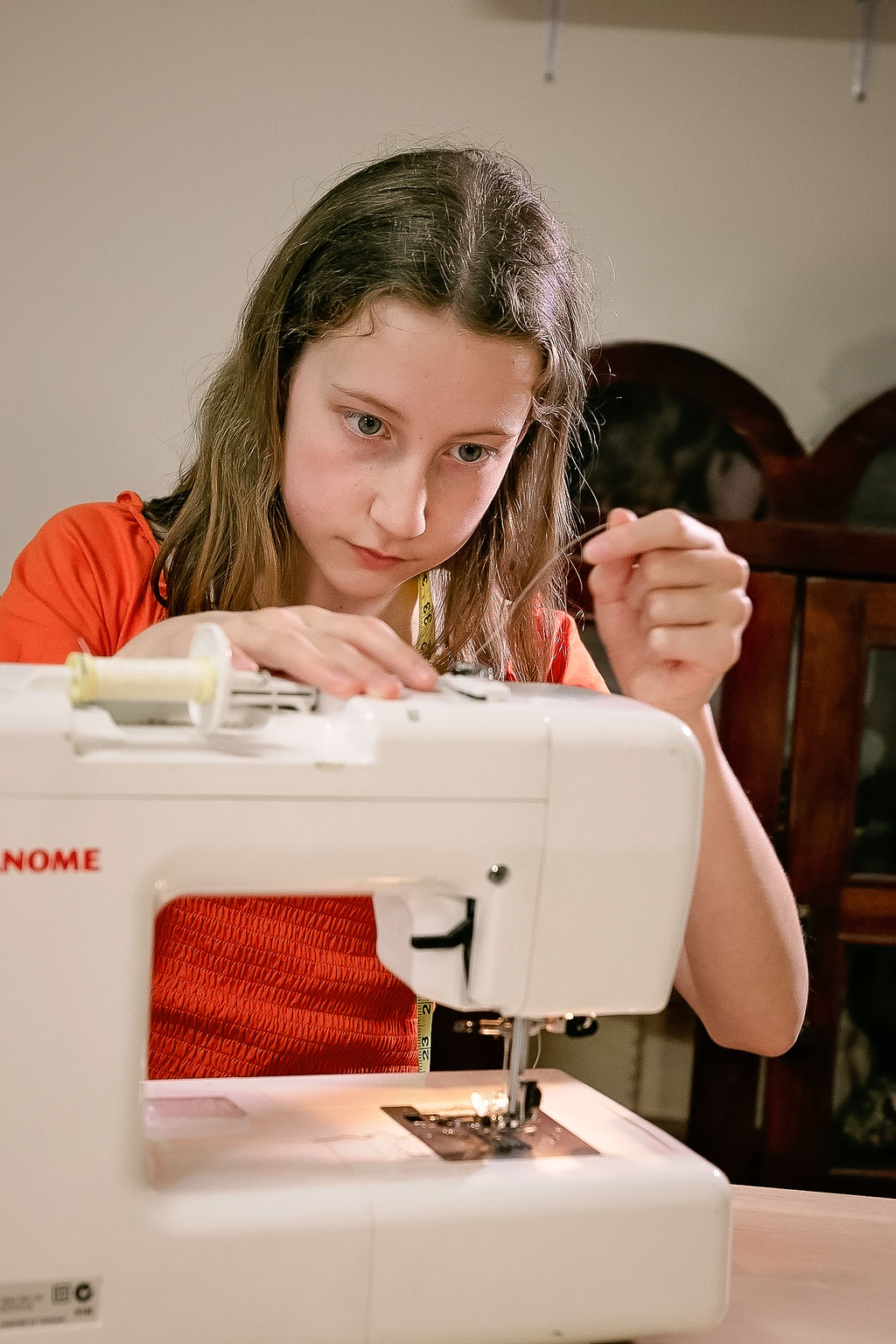
3. Encouraging Problem-Solving
Sewing involves a variety of tasks that require critical thinking and problem-solving skills. When children follow patterns, they must understand and interpret instructions, which teaches them to pay close attention to detail. Measuring fabric accurately is another crucial aspect, as it requires precision and careful planning to ensure that all pieces fit together correctly.
Inevitably, things don’t always go as planned in sewing projects. Threads might tangle, seams might be crooked, or fabric pieces might not align perfectly. When faced with these challenges, children must troubleshoot and find solutions. They learn to assess the situation, identify the problem, and figure out how to fix it, whether it’s re-threading a needle, adjusting a seam, or re-cutting a piece of fabric.
This process of troubleshooting helps children develop resilience and adaptability. They learn that mistakes are part of the learning process and that perseverance can lead to successful outcomes. These problem-solving skills are essential in everyday life, helping children to navigate challenges with confidence and creativity.
4. Building Patience and Focus
Sewing projects can take time and require attention to detail. This helps children learn the value of patience and focus, as they must concentrate on their work to achieve the desired outcome. These qualities can benefit them in school and other activities.
5. Boosting Confidence
Completing a sewing project gives children a sense of accomplishment and boosts their confidence. They can see the tangible results of their efforts, which reinforces the idea that they can achieve their goals with perseverance and hard work.
6. Promoting Independence
Sewing teaches children to be self-sufficient. They learn to use sewing tools, follow instructions, and make decisions independently. This fosters a sense of responsibility and independence that will serve them well throughout their lives.
5. Boosting Confidence
Completing a sewing project gives children a sense of accomplishment and boosts their confidence. They can see the tangible results of their efforts, which reinforces the idea that they can achieve their goals with perseverance and hard work.
6. Promoting Independence
Sewing teaches children to be self-sufficient. They learn to use sewing tools, follow instructions, and make decisions independently. This fosters a sense of responsibility and independence that will serve them well throughout their lives.
7. Encouraging Mindfulness
The repetitive and rhythmic nature of sewing can have a calming effect, helping children to focus on the present moment. This mindfulness can reduce stress and anxiety, promoting emotional well-being.
The repetitive and rhythmic nature of sewing can have a calming effect, helping children to focus on the present moment. This mindfulness can reduce stress and anxiety, promoting emotional well-being.
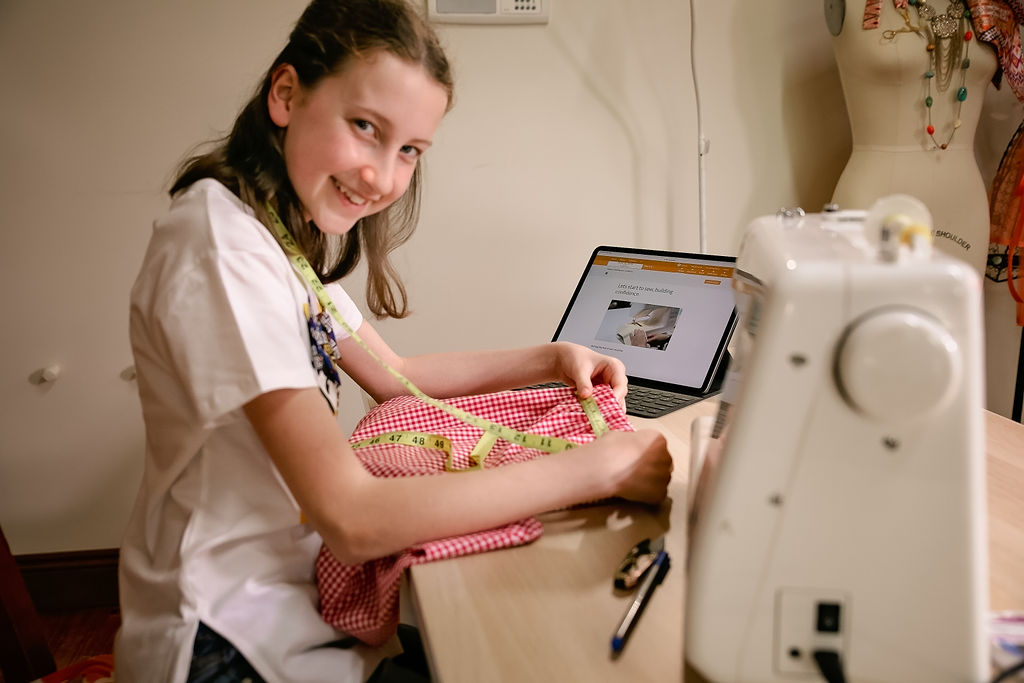
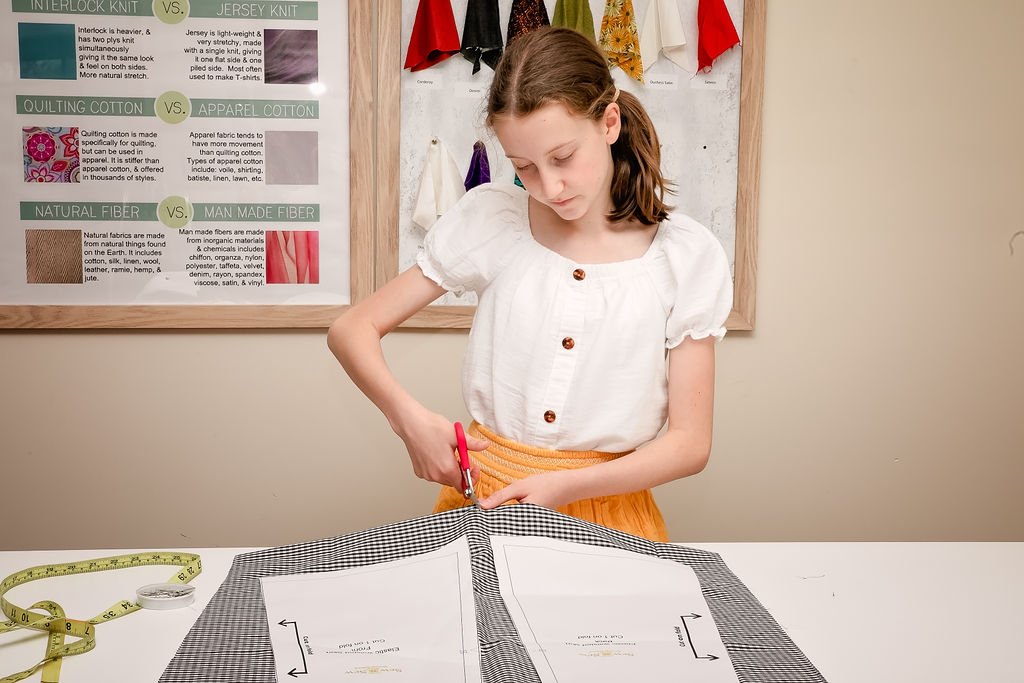
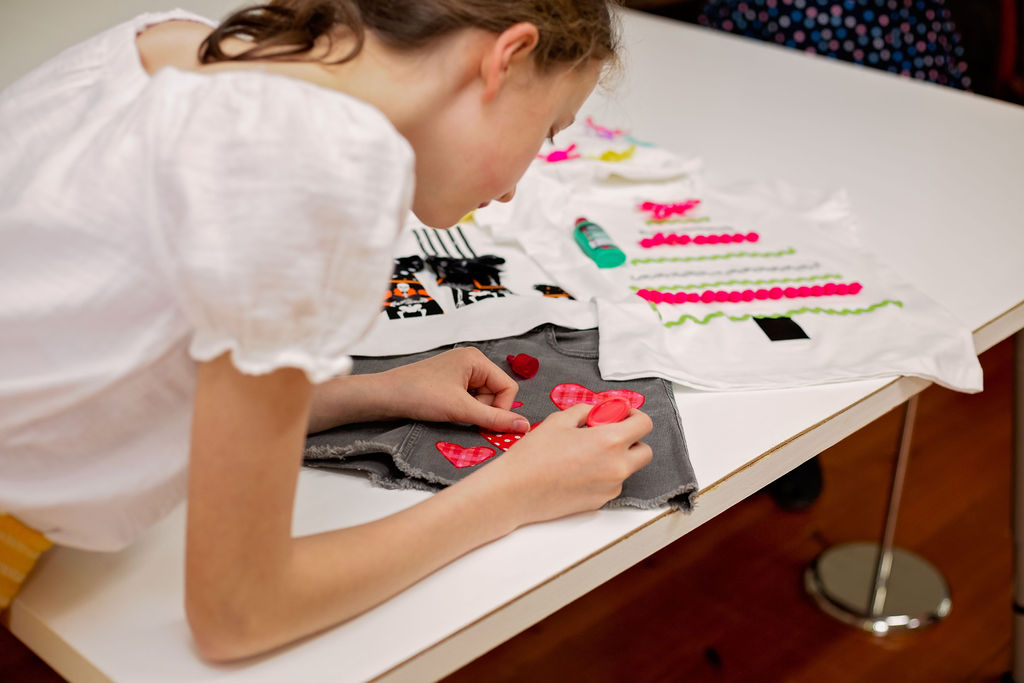
8. Introducing Practical Life Skills
Sewing is a practical skill that children can use throughout their lives. They can mend their clothes, create gifts, and even design their wardrobe. Learning to sew equips them with a valuable skill set that promotes self-reliance.
9. Providing a Productive Hobby
Sewing is a productive and enjoyable hobby that can keep children engaged and entertained. It offers a healthy alternative to screen time and can spark a lifelong interest in crafts and DIY projects.
Conclusion
Sewing offers a myriad of benefits for children, making it an excellent activity for their development. From enhancing creativity to promoting independence, the skills they learn through sewing can have a lasting impact on their lives. Encouraging kids to sew not only helps them create beautiful projects but also fosters essential life skills that will benefit them for years to come. So, why not introduce your child to the wonderful world of sewing and watch them flourish?
Would yu like yiur child the learn to sew? Take a look at the Sewing Lessong for Kids page you can try Module 1 and 2 for FREE.
If you need to buy a sewing machine I have a guide on the Best sewing machines for kids

